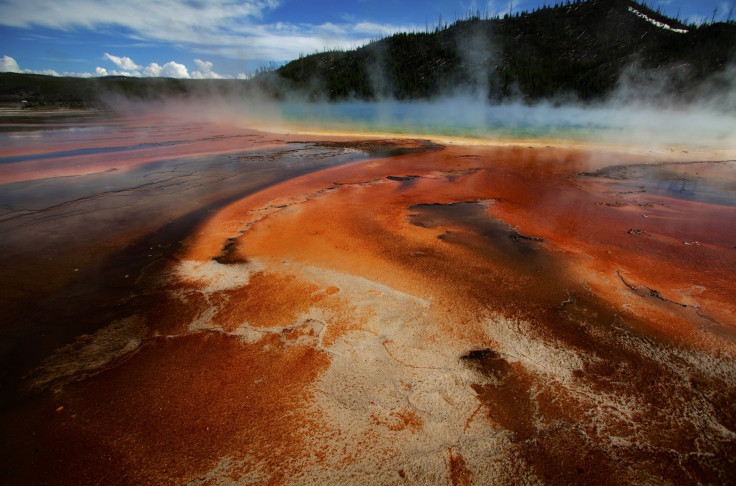Scientists Discover Yellowstone Volcano’s Most Powerful Eruption
KEY POINTS
- Researchers discovered the Yellowstone volcano's most powerful eruption
- The super-eruption covered an area as big as New Jersey with volcanic material
- The actual size affected by the Grey's Landing super-eruption could be larger
Researchers have discovered the most powerful eruption produced by the Yellowstone volcano. According to a new study, the super-eruption covered an area as big as New Jersey with hot volcanic material.
The study was carried out by volcanologists from the U.K.’s University of Leicester. It was published in the journal Geology.
For the study, the researchers analyzed volcanic deposits found near the Yellowstone caldera, which is the largest supervolcano in North America. Using various techniques such as field characterizations, mineral chemistry and paleomagnetic data, the researchers analyzed their samples to learn more about their origins.
Through their observations, the researchers discovered that their samples originally came from massive sheets of volcanic material from previous super-eruptions.
Further analysis of the samples revealed that the powerful eruption occurred about 8.7 million years ago. Dubbed as the Grey’s Landing super-eruption, it is currently regarded as the biggest eruption produced by the Yellowstone volcano.
As noted by the researchers, the eruption took place in an area that is now known as southern Idaho. It was powerful enough to cover an area of about 8,800 square miles in volcanic material.
“The Grey's Landing eruption enameled an area the size of New Jersey in searing-hot volcanic glass that instantly sterilized the land surface. Particulates would have choked the stratosphere, raining fine ash over the entire United States and gradually encompassing the globe,” Thomas Knott, the lead author of the study told Newsweek.
As noted by the researchers, the Grey’s Landing super-eruption was significantly more powerful than the previous record-holder, which is the McMullen Creek eruption. According to reports, this event occurred about nine million years ago. It affected an area of about 4,600 square miles.
Knott and his team noted that the Grey’s Landing super-eruption could be larger than what was indicated in their study. Its actual size could be revealed through further observations using the same analysis techniques that they used to examine their samples.
“The discoveries show the effectiveness of distinguishing and tracing vast deposit sheets by combining trace-element chemistry and mineral compositions with field and paleomagnetic characterization,” they wrote in their study. “This approach should lead to more discoveries and size estimates, here and at other provinces.”

© Copyright IBTimes 2024. All rights reserved.





















